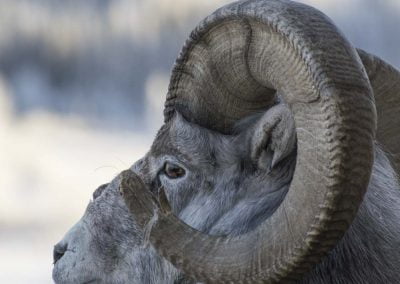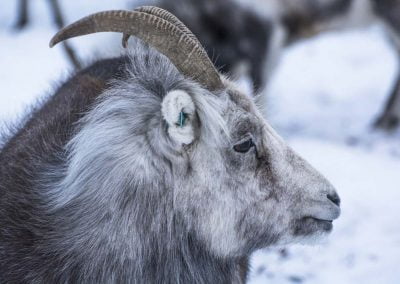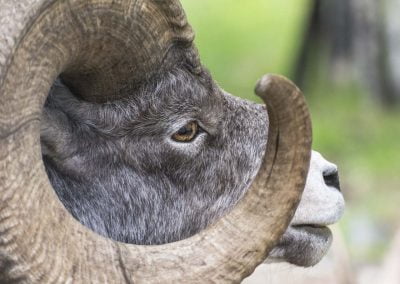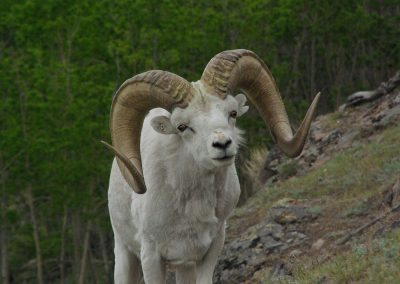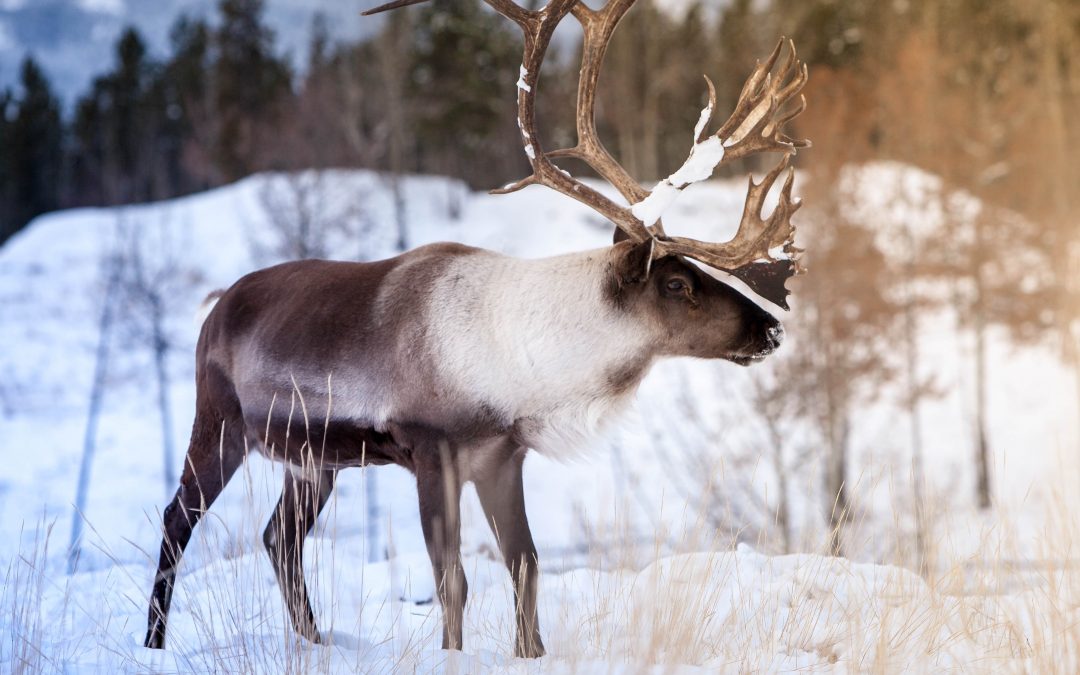
Bull On Encounter!
Bull On Encounter!
Right place right time! Animal Care Assistant, Bree Parker spends day after day diligently supporting our veterinarian Dr. Maria Hallock in caring for, feeding and ensuring the well-being of our collection of wildlife residents.
Equally as important and valuable as literally providing food for the animals also is observing the animals. Observation is a critical part of our animal care process. This is when staff ensure an individual animal’s behaviour is normal. Observing them eating, moving and interacting helps us know that animal is content and full-filling life needs. Signs something is off can include: the animal has a limp; they are not coming to the feed stations and eating; or, they are not socializing in a typical herd group. These observations could indicate that there might be an ailment to the individual that deserves closer observation or possibly even intervention. However, sometimes this observation can be quite enlightening, it can catch incredible moments of animal encounters and wild behaviours we strive for our individuals to be able to fulfill.
We’ve been waiting for the young bull to drop his antler for months now. . .
Bree starting filming this interaction simply because she thought it was fascinating and humorous to see the younger bull (on the left) asserting dominance with another bull, an older bull, with no antlers. Then everything got pretty exciting, pretty quickly! “We’ve been waiting for the younger bull to drop his antlers for months now. The older bulls lost theirs in December” said Bree.
This is typical to have individuals vary on antler shed timing, especially between different aged individuals related to sexual maturity. Over the next several months both these individuals, along with all our antler-bearing cervid’s (like moose, elk and mule deer) will be re-growing their antlers in preparation for fall. Alas, as another rut season comes and goes, so too will their antlers!
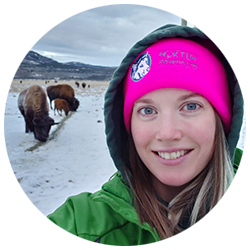
Bree Parker
Animal Care Assistant
All animal lover to her very core! Bree has had a menagerie of pets over the years, including mice, crayfish and a hedgehog. After completing her Environmental Technician diploma at Seneca College, she realized her true calling was with animals, sending her back to Ontario this coming fall for University of Guelph Ridgetown Campus’s Veterinary Technology program. Bree is always eager to learn new facts about the animals at the Preserve that she can share with visitors.


